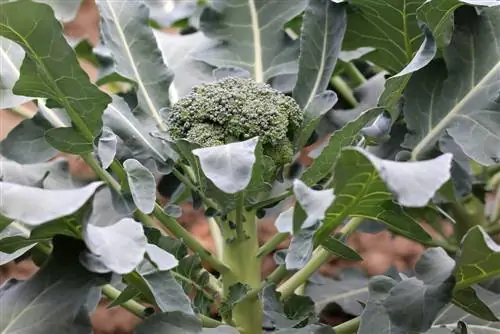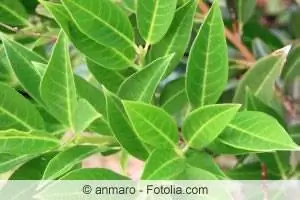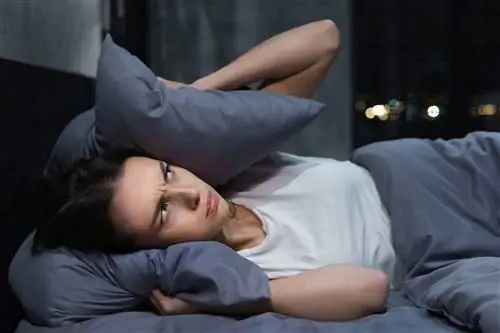- Author admin [email protected].
- Public 2023-12-17 03:39.
- Last modified 2025-01-24 12:45.
A mixed culture with other vegetables can promote broccoli's development. However, this requires that you choose species that do not compete with each other, but rather benefit each other.
What sets broccoli apart
- Grows similar to cauliflower
- Head consists of small deep green or blue-green florets
- Prefers sunny locations
- As a heavy feeder, it requires deep, nutrient-rich soil
- With high lime content
- Harvest as soon as middle flower is well formed
Good neighbors for a mixed culture
Here are the suitable vegetable plant neighbors for broccoli:
B to M
Beans (Phaseolus vulgaris)
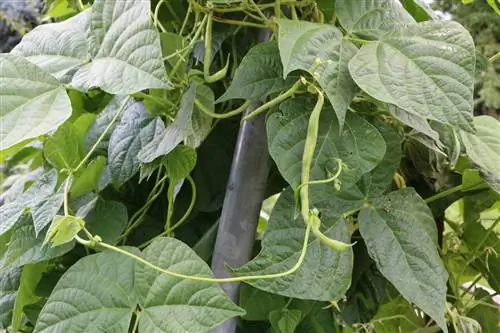
- Bush and runner beans
- Wind-protected, sunny and warm locations
- Thrive even in partial shade
- Soil deep, calcareous and not crusted
- Ready for harvest two to three months after sowing
- Early varieties already at the beginning of summer
Peas (Pisum sativum)

- Grows as an annual and herbaceous, 25-200 cm high
- Flowering time in May
- Open sunny locations
- Fine, crumbly, humus-rich soil
- Soils that are too heavy and wet are unsuitable
- Harvest time depends on variety
Cucumbers (Cucumis sativus)
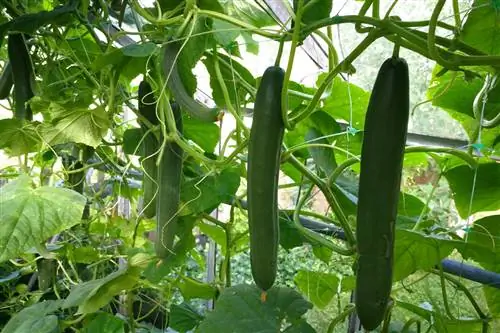
- Grows as an annual, creeping or climbing on the ground
- Depending on the variety up to 400 cm long or high
- Damp, warm, wind-protected, full sun location
- Large temperature fluctuations and cold are problematic
- Soil humus and loose
- Harvest starts around July
Potatoes (Solanum tuberosum)
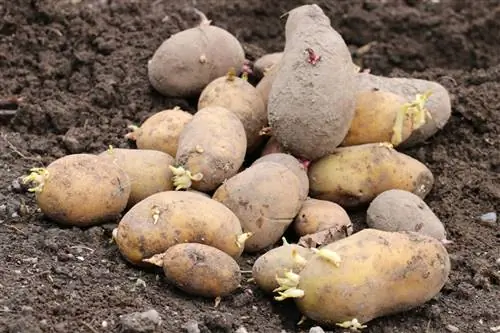
- Persistent, upright or climbing
- Growth heights of over 100 cm
- Potatoes like it warm, sunny and bright
- Soil light to medium heavy, water permeable
- Improve heavy clay soils with sand
- Harvest as soon as the cabbage has wilted
- New potatoes also earlier
Lettuce (Lactuca sativa)
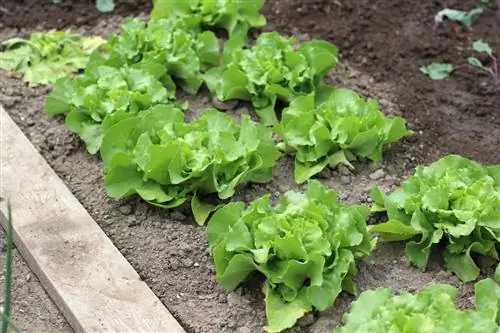
- Very sensitive lettuce variety
- One- to two-year-old plants
- High season from April to October
- Low season March and November
- Needs a sunny spot
- Soil pH value not below 5.5
- Depending on the weather, 60-120 days until harvest
Chard (Beta vulgaris)
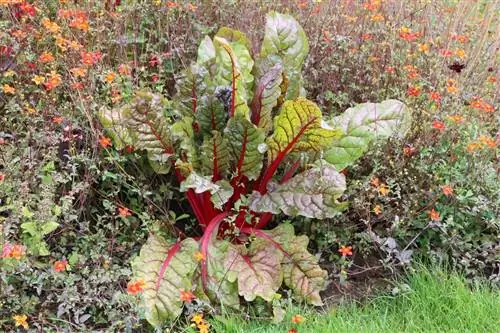
- Biennial crop
- Closely related to beetroot
- Leaf and stem chard
- Sunny locations and nutrient-rich soils
- Harvest time May to October
- Harvest fresh as needed
P to T
Peppers (Capsicum)
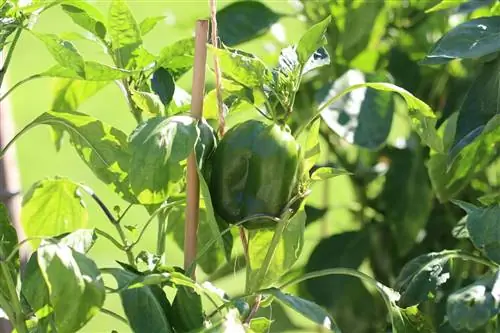
- Can grow up to 120 cm high
- Loves sheltered, warm and sunny locations
- Deep, humus-rich, nutrient-rich substrates
- Soil should be easily warmable
- Ripe when color has changed to red, orange or yellow
- Can also be harvested green (unripe)
- Green specimens less sweet and aromatic
Tip:
Peppers always need plenty of water, especially when they start fruiting.
Pick lettuce (Lactuca sativa var. crispa)
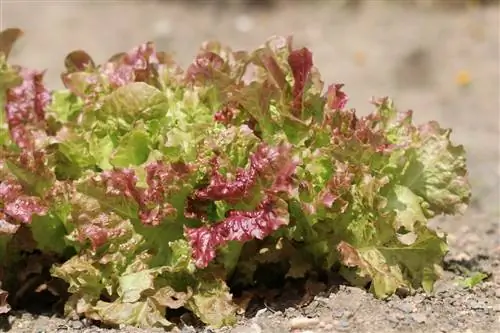
- Does not form a closed head
- 20-30 cm high leaf rosettes
- Sunny to partially shaded locations
- Loose, humus- and nutrient-rich soils
- Culture time between four and six weeks
Tip:
Plucking lettuce should only be planted in the same location after two to four years at the earliest. A corresponding break in cultivation must also be observed if lettuce or other composite plants were previously grown there.
Leek (Allium porrum)
- Biennial herbaceous plant
- Related to onion and shallot
- Belongs to the heavy eaters
- Summer, autumn and winter leeks
- Prefers sunny locations
- Slightly moist, nutrient-rich soils
- Harvest when shafts are at least three centimeters thick
Tip:
The goal with leeks is to have the highest possible white content on the shaft, which can be achieved by piling them up regularly.
Radish (Raphanus)
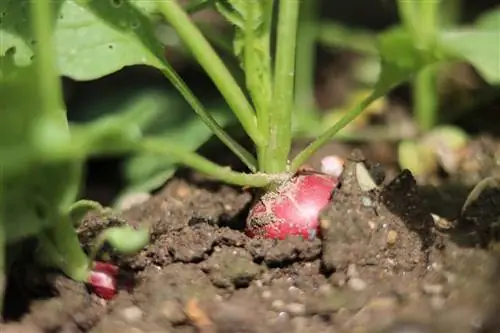
- One- to two-year-old herbaceous plants
- Differences in size, shape and color
- Sunny spot for most varieties
- Some grow better in partial shade
- Subsoil loose, deep, nutrient-rich
- Harvest spring and summer radishes after about eight weeks
- Late varieties need four weeks longer
Tip:
Radish is better harvested a little earlier than too late. Otherwise it can quickly become woody.
Beetroot (Beta vulgaris)
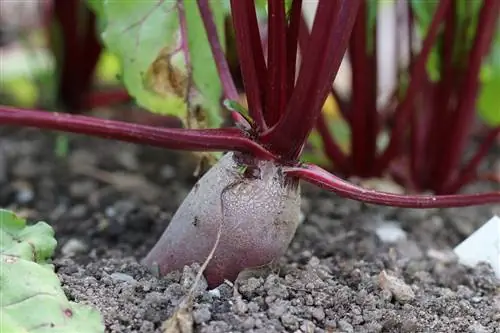
- Breed form of the common turnip
- Related to sugar beet and chard
- Biennial herbaceous plant
- Variety-related differences in shape and color
- Sunny locations
- Deep, humus-rich and nutrient-rich soils
- From sowing to harvest 120-150 days
Celery (Apium)
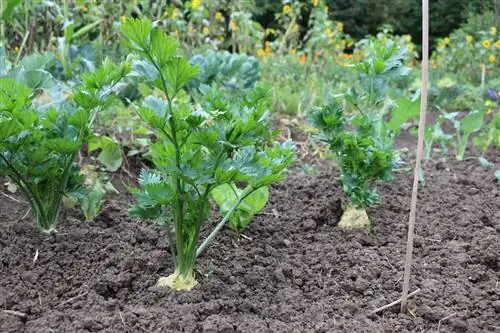
- Celery, cut and perennial celery
- Annual or biennial herbaceous plants
- Celery milder than celeriac
- Celery leaves are reminiscent of parsley
- Optimal growth in a sunny location
- Soil with a loose structure
- Celerium to harvest at least the size of a tennis ball
Spinach (Spinacia oleracea)
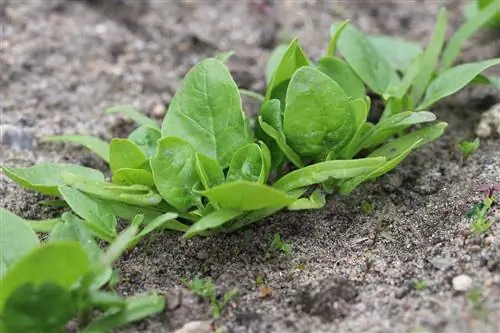
- Grows as an annual herbaceous
- Belongs to so-called long-day plants
- Growth heights of 50-100 cm
- Full sun and partial shade locations
- Soil rich in humus and permeable
- Should be kept moist
- Harvest 10-12 weeks after sowing
Tomatoes (Solanum lycopersicum)
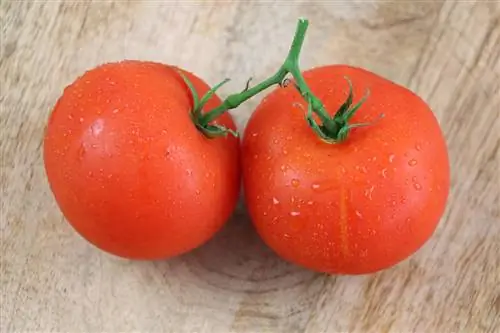
- Annual, biennial or perennial
- Can grow 250 cm high
- Supports recommended for better support
- Protect tomatoes from rain and storms
- React sensitively to waterlogging
- Shade in midsummer
- Soil permeable, humus-rich, nutrient-rich
Tip:
If you plant tomato plants in the ground up to the lowest leaf, this encourages the formation of additional roots.
Mixed culture with herbs
Basil (Ocimum basilicum)
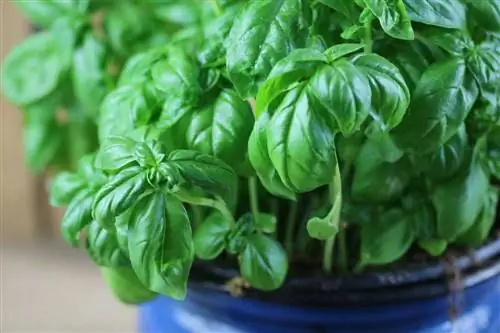
- Mostly annual upright plants
- Differences in color, size, aroma and growth
- Sizes from 20-60 cm
- Sunny locations ideal
- Soil nutrient-rich and sufficiently moist
Tip:
The aroma of basil is most intense shortly before flowering.
Dill (Anethum graveolens)
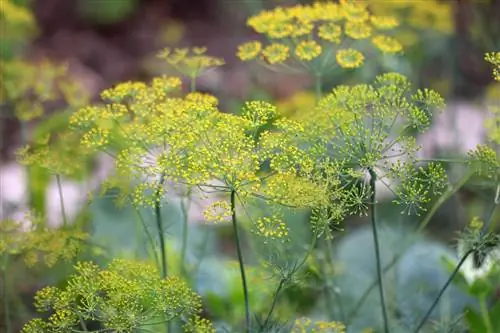
- Also known as cucumber herb
- Annual herbaceous plant
- Growth heights of 30-50 cm
- Sunny place with not too firm ground
- Permeable loamy soil with sand or gravel content
- Harvest the young shoot tips from a height of 15 cm
Peppermint (Mentha piperita)
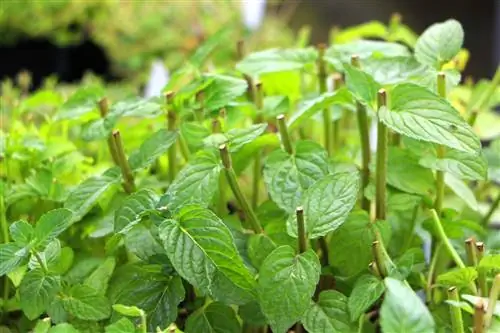
- Growth perennial to herbaceous, 30-90 cm high
- Subterranean and aboveground runners
- Leaves contain peppermint essential oil
- Partially shaded locations
- Soil fresh, slightly moist, rich in humus and nutrients, lime-loving
- Harvest from spring to autumn
Rosemary (Rosmarinus officinalis)
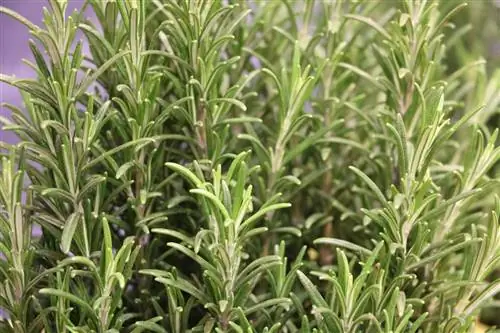
- Is one of the Mediterranean herbs
- Evergreen, bushy branched shrub
- Growth height 50-200 cm
- Intense aromatic scent
- Harvest possible all year round




